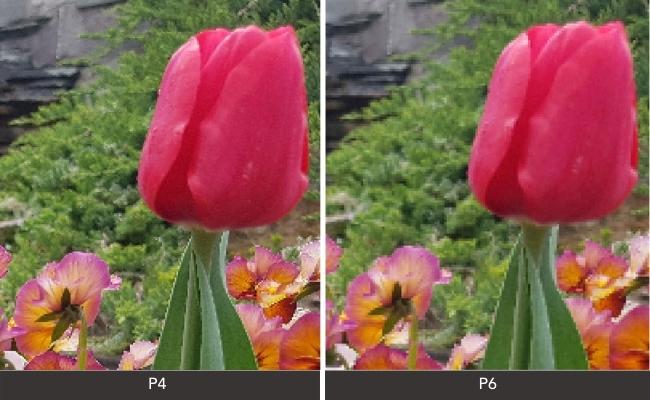4mm, 6mm, 8mm, and 10mm Pitch — How are they different, and which is best for my LED school sign?
by Natarsha | School Signs, LED

So you’ve decided it’s time to bring your school into more modern times with LED digital signs. A smart choice, considering LED signs are generally brighter and boast a richer, more eye-catching colour profile compared to other signage types.
In any case, one word you’re likely to hear over and over during your search for LED digital signage is “Pitch.” What is it? Why is it important? What are the different pitch measurements? And what’s the best pitch for your school’s LED signs? These are the things we’ll cover in this blog.
Why is LED pitch important?
Have you ever wondered why one LED screen looks really pixelated and others look really crisp and clear? It's the pitch that dictates the quality of the image. Pitch is directly related to the quality of the display resolution. The tighter the pitch — less space between pixels — the crisper the image.
In other words, if you want a sign with superb resolution, you will need a display with a smaller pixel pitch. For example, a 4mm pitch sign will look sharper and display images more clearly than a 12mm, especially when viewed at close range.
A proper understanding of pitch measurements is crucial when shopping for LED displays. It can mean the difference between choosing the right signage for your school and making a very costly mistake.
What is LED signage pitch?
Pitch is the distance from one pixel to the next on an LED digital sign. For the uninitiated, this sounds like a bunch of jargon, so let’s break down the terms so you have a better understanding of what it is.
LEDs or light-emitting diodes produce light when electricity passes through their semiconductors. What makes them more efficient for signage purposes is that these tiny light bulbs do not have the filament present in traditional light bulbs. As such, they use most of the electricity to produce light, not heat.
Pixels, on the other hand, are at the base of all LED displays. These pixels essentially make up the image or message that you see on the display. Each pixel can comprise one or more diodes. Generally speaking, the more pixels used, the more diodes in the display, which in turn translates to a higher resolution.
Now back to the definition of Pitch — it’s simply a measure of how far apart the pixels are on your display. This distance is measured in millimetres (mm), the smallest unit of length measurement in the metric system.
So when you hear 4mm, 6mm, 8mm, 10mm, and even 12mm Pitch, it simply means that the pixels on the LED display are 4mm, 6mm, 8mm, 10mm, and 12mm apart, respectively.
So does that mean essentially you would go for the smallest pitch that you can afford?
If budget is not an issue, the 4mm pitch is the top of the line. However, if there are budgetary constraints, a 6mm pitch can still provide quality resolution, provided it is placed in an area where the viewer can only view it from around 10 to 15 metres away.
Larger pitch sizes are useful too
Just because smaller pitch dimensions are generally preferred doesn’t mean larger pitch sizes have no advantages. Larger pitch sizes (12mm and up) are typically used for displays that people will view from much farther away, such as digital billboards and large highway signs. They may not look as sharp but the longer distance from the viewer can compensate for the deficit as you will be too far away to notice the grainy resolution.
Choosing the best pitch for my LED school sign
There are two primary factors to consider. The first is the viewing distance. Choose a pixel pitch based on its intended viewing distance. So for instance, the pixel pitch for a digital LED scoreboard might not necessarily be the same for a directional sign within the school premises.
A good rule of thumb for identifying the best pitch based on viewing distance is to assume Pitch = Metres.
- 4mm Pitch — Viewing distance of 4 metres or more
- 6mm Pitch: — Viewing distance of 6 metres or more
- 8mm Pitch — Viewing distance of 8 metres or more
- 10mm Pitch — Viewing distance of 10 metres or more
- 12mm Pitch — Viewing distance of 12 metres or more
The second is the content on the sign. Obviously, if a sign displays rich multimedia content, you’ll want to go for a lower pitch pixel since it means a higher resolution and better image quality.
Generally speaking, the 4mm and 6 mm pitch dimensions are ideal for indoor LED signs with image and video support, whereas 8mm and 10mm pixel pitch are recommended for outdoor applications.
Conclusion
The pitch of your LED school sign will make a huge difference in what you can display and what will look good. Now that you have a general idea of what it means, you can make an informed choice when choosing your school’s signage. After all, an LED sign is a big purchase, so it’s important to get it right from the start so it generates a positive return on investment for your school.


.png)
.jpg)
.jpg)